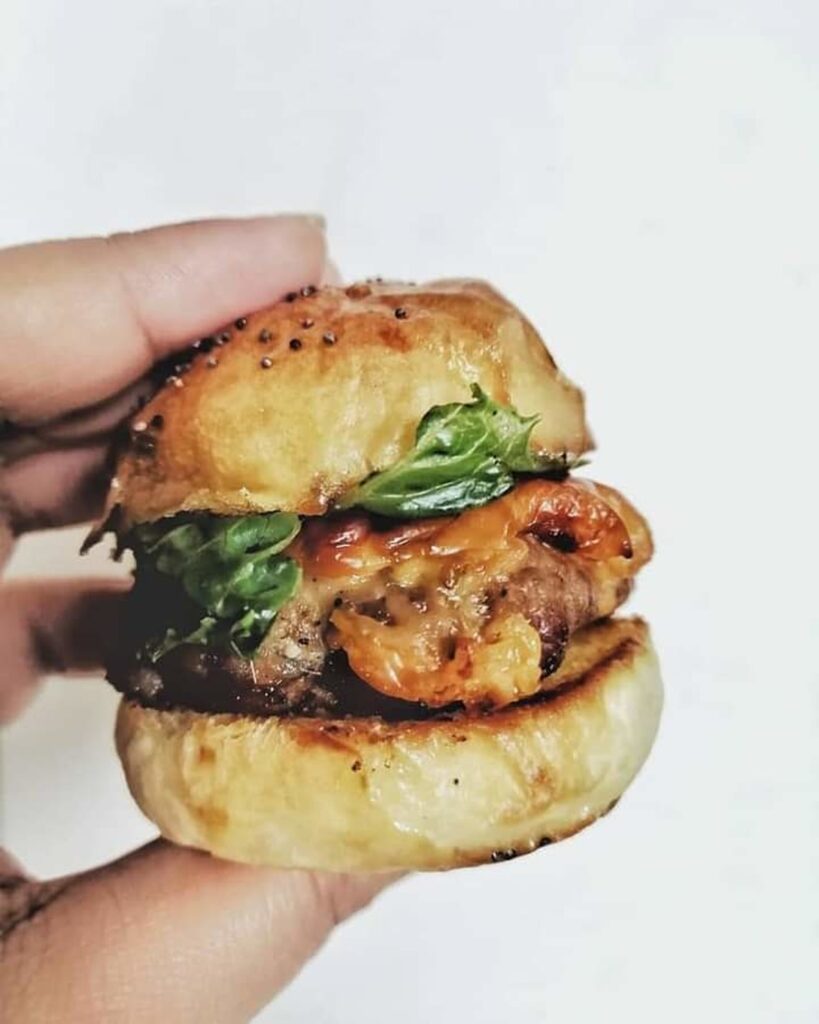Embarking on a gastronomic adventure is always a delight. Yet, assessing the portion sizes at restaurants can sometimes leave you bewildered. “What Are The Portion Sizes Like” exists as a guide to help you navigate these culinary portions, promising an epicurean escape minus the regret of ordering too much or too little.
With a myriad of articles that examine the different proportions offered around the globe, it ensures that you stay well-informed. Be it a bountiful Italian pasta bowl, a wholesome American steak, or even a delicate Japanese sushi plate, your questions about portion sizes will be answered with precision and insight. This is not just another food blog; it’s your personal concierge to assisting you order just right.

This image is property of images.unsplash.com.
Understanding Portion Sizes
We spend a lot of time considering what to eat but not always how much to eat. Yet, understanding portion sizes is an essential aspect of maintaining a healthy diet.
The Importance of Portion Sizes
Portion sizes are incredibly important because they determine not only how much food you’re consuming, but also the amount of calories, fats, carbohydrates, and other nutrients. Consuming larger portion sizes can lead to overeating, which can have negative effects on your health and weight over time. On the flip side, consistently eating portions that are too small can deprive your body of the nutrients it needs to function properly.
Common Misunderstandings about Portion Sizes
One common misconception is that portion sizes should always be small. However, the size of your portion depends on what you’re eating. For example, a small portion of vegetables may not provide as many nutrients or as much satiety as a larger portion. On the other hand, a small portion of a high-calorie food could prevent overeating. Another misunderstanding is confusing serving sizes with portion sizes. Serving sizes are a standardized measurement for comparing the nutritional content of different foods, while portion sizes are the amount of food you choose to eat at one time.
Impact of Large Portions
Greater availability of larger portions of food has significantly impacted our eating behaviors and health.
Effect on Eating Habits and Behaviors
Large portion sizes can lead to increased consumption. This is because we tend to eat more when more is presented to us. Gradually, we might lose understanding of what constitutes a normal portion, leading to overconsumption becoming a habit.
Implications for Health and Weight
Overeating due to large portion sizes has a direct impact on health and weight. Consuming more calories than we burn leads to weight gain, which can increase the risk of various health issues like heart disease, type 2 diabetes, and certain types of cancers.

This image is property of images.unsplash.com.
Ideal Portion Sizes for Different Foods
Meat and Protein
A serving size for meat and protein is typically 3 ounces, about the size of a deck of cards. Most people need 5-6.5 ounces of protein per day, depending on their age, sex, and level of physical activity.
Fruits and Vegetables
Fruits and vegetables should make up about half your plate at meals. A cup of raw or cooked vegetables or 2 cups of leafy greens counts as a serving.
Grains and Starchy Foods
Whole, unprocessed grains should take up about a quarter of your plate. A 1-ounce serving is equivalent to a slice of bread, half a cup of cooked pasta or rice, or 3 cups of popcorn.
Dairy
A serving size for dairy is typically one cup.
Sweets and Fats
Sweets and fats should be consumed sparingly. Recommended serving size of sweets is typically less than an ounce.
Visualizing Portion Sizes
Visualizing portion sizes is a practical way to ensure you’re not overeating, even when nutritional information isn’t readily available.
Understanding Serving Sizes
To properly visualize serving sizes, consider that a cup is about the size of a fist, a tablespoon is about the size of a thumb, and a teaspoon is about the size of a fingertip.
Comparing to Everyday Objects
Comparing portion sizes to everyday objects can also be helpful. For instance, a 3-ounce serving of meat is about the size of a deck of playing cards or a bar of soap.
Reading Nutrition Labels
Nutrition labels provide serving size information. However, be mindful that the serving size listed on a product may not match the portion you should actually consume.

This image is property of images.unsplash.com.
Strategies for Controlling Portion Sizes
There are several strategies you can use to control your portion sizes, whether at home, dining out, or packing meals.
At Home
Use measuring cups or a food scale to ensure your portions are the correct size.
When Dining Out
Consider sharing a meal, packing half to take home, or choosing an appetizer instead of an entree.
Packing Meals
Pack your meals in advance and divide into portions. This can prevent overeating and ensure you’re getting balanced nutrients.
Using Portion-Control Tools
Consider using portion-control plates, bowls, and cups, which can help guide how much of each type of food to eat.
Portion Sizes Around the World
Portion sizes vary around the world, influenced by cultures, diet trends, and availability of food.
Comparisons and Differences
America is known for having larger portion sizes compared to other countries. By comparison, traditional Japanese meals often consist of several small dishes.
Impact of Food Culture
Culture can impact portion sizes. In cultures where food sharing is customary, portions are often larger. In contrast, in cultures where moderation is valued, portion sizes tend to be smaller.
Changes Over Time
Over time, average portion sizes in many countries have increased, mirroring global trends toward higher calorie foods and less physical activity.
The Relationship between Portion Sizes and Calories
Understanding the relationship between portion sizes and calories is crucial in balancing your diet.
Understanding Caloric Content
Recognizing the calorie content of different foods and how it relates to the size of the portion you choose to eat is crucial for maintaining a balance. For instance, larger portions of low-calorie foods like vegetables and fruits can provide fewer calories than smaller portions of high-calorie foods.
Balancing Portion Size and Nutritional Needs
Choosing portion sizes that balance caloric content with nutritional needs can help maintain a healthy diet. This means consuming adequate portions of nutrient-dense foods and smaller portions of calorie-dense foods.
The Psychology of Portion Sizes
Portion sizes are influenced by more than just our hunger levels. Psychological factors also come into play.
The ‘Clean Plate’ Culture
Many of us were raised with the ‘clean plate’ mentality, which prompts us to finish everything on our plate regardless of portion size.
Effect of Plate and Glass Sizes
Studies show that the size of our plates and glasses can subconsciously influence how much we eat or drink. Larger plate or glass sizes can lead to us to serve and consume more.
Mindful Eating
Mindful eating, which involves paying attention to hunger cues and eating slowly, can help control portion sizes and prevent overeating.
Portion Sizes for Special Populations
Portion sizes and needs can vary greatly among special populations such as children, older adults, or those with specific dietary needs or restrictions.
Children and Teens
Growing children and teens often require larger portions and more frequent meals and snacks to meet their nutritional needs.
Older Adults
Due to slower metabolisms and decreased physical activity, older adults often need smaller portions than younger adults.
People with Specific Dietary Needs or Restrictions
Individuals with certain medical conditions, allergies, or dietary restrictions may need to adjust their portion sizes to ensure adequate nutrition.
Challenges and Solutions
Controlling portion sizes can be challenging, but with strategic planning and policy changes at the societal level, it is possible to promote healthier portions.
Overcoming Obstacles to Portion Control
Understanding portion sizes, preparing meals in advance, and practicing mindful eating can help overcome some of the common challenges in portion control.
Promoting Healthy Portions in Public Policy and Food Industry
Policy changes like portion size regulations in restaurants and clearer food labeling can promote healthier portion choices. The food industry can also play a role, offering smaller portion size options and marketing them attractively.










